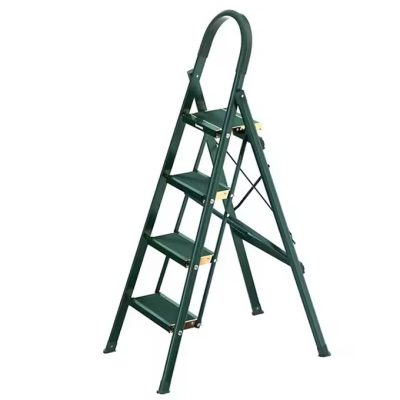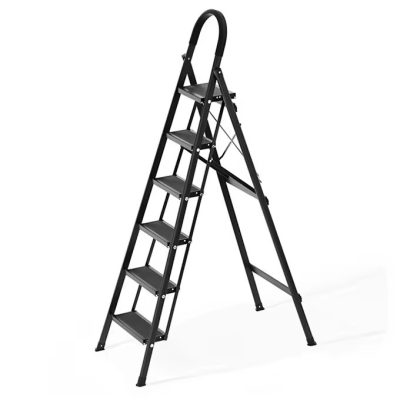Step ladders stand as quintessential tools in various settings, offering convenient access to elevated areas for a multitude of tasks. Their compact design, stability, and ease of use make them indispensable in both professional and household environments. In this exploration, we delve into the versatility of step ladders, highlighting their practicality, safety features, and applications across different industries.
The Perfect Partner for Vertical Mobility:
Step ladders are revered for their simplicity and effectiveness in providing safe and stable access to elevated heights. With their self-supporting A-frame structure, they offer a secure platform for users to work from, whether it’s reaching for items on high shelves, painting walls, changing light bulbs, or conducting maintenance tasks. Their compact size and lightweight construction make them easy to transport and position, allowing users to tackle a wide range of tasks with ease.
Safety Features for Peace of Mind:
Safety is paramount when working at heights, and step ladders are designed with features to mitigate risks and ensure user confidence. Non-slip steps and feet provide stability on various surfaces, reducing the likelihood of slips and falls. Many step ladders also feature sturdy handrails or top platforms for added support and stability, allowing users to maintain balance while working. Additionally, some models incorporate locking mechanisms to prevent accidental collapse and ensure user safety during operation.
Applications Across Industries:
Step ladders find applications across diverse industries, from construction and maintenance to retail and hospitality. In construction, they are invaluable for tasks such as framing, drywall installation, and electrical work. Maintenance technicians rely on step ladders for routine inspections, repairs, and servicing of equipment and facilities. In retail and hospitality settings, step ladders facilitate stocking shelves, changing signage, and performing routine maintenance tasks. Their versatility and ease of use make them indispensable tools in various professional environments.
Choosing the Right Step Ladder:
Selecting the appropriate step ladder depends on factors such as height requirements, weight capacity, and specific application needs. Step ladders are available in various heights, ranging from small household models to industrial-grade options suitable for commercial settings. It’s essential to consider the height needed to reach the intended work area and ensure that the ladder’s weight capacity meets the user’s requirements. Additionally, factors such as material construction, portability, and safety features should be taken into account when choosing the right step ladder for the task at hand.
Conclusion:
In summary, step ladders represent a versatile and indispensable tool for accessing elevated heights in both professional and household settings. With their practical design, safety features, and applications across diverse industries, they empower users to work efficiently and safely at heights. Whether it’s completing maintenance tasks, organizing inventory, or carrying out construction work, step ladders provide a reliable solution for vertical mobility, making them a valuable asset in any workspace or home environment.







